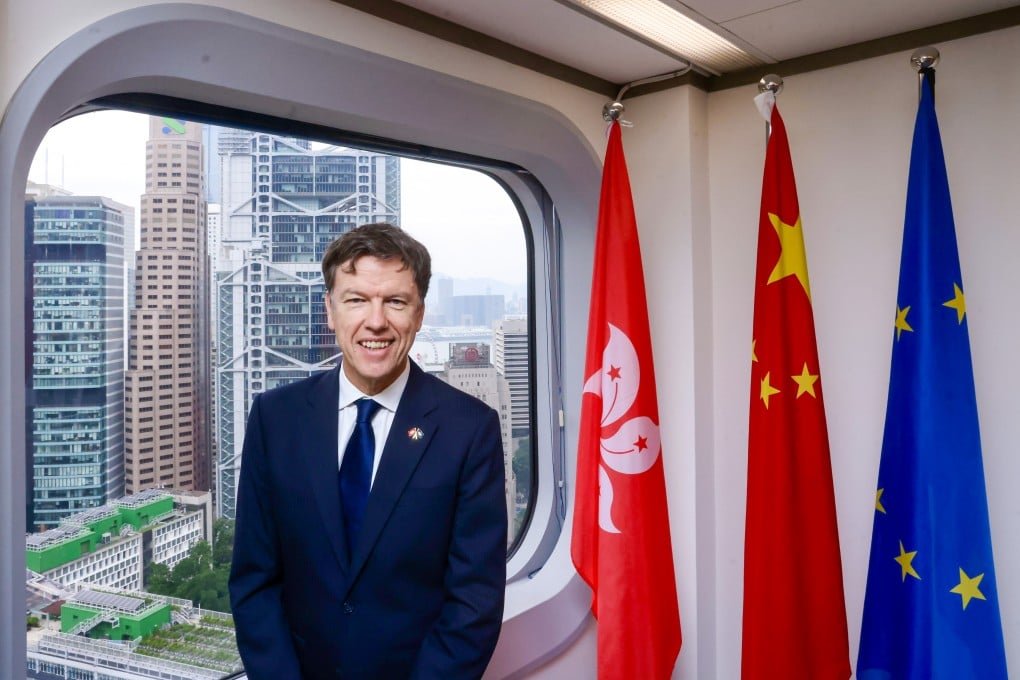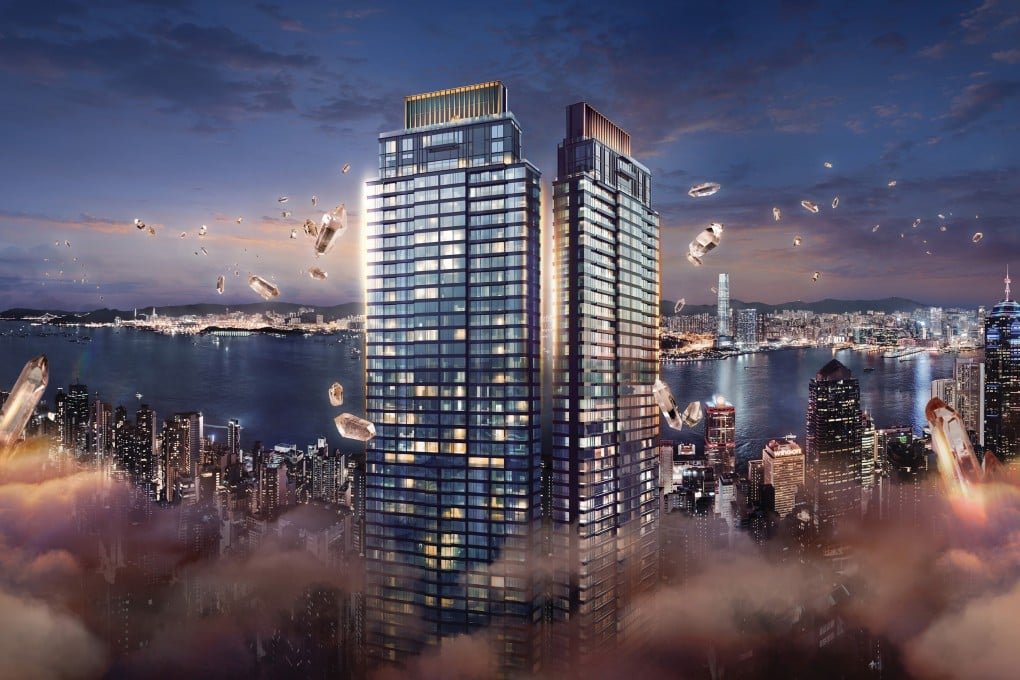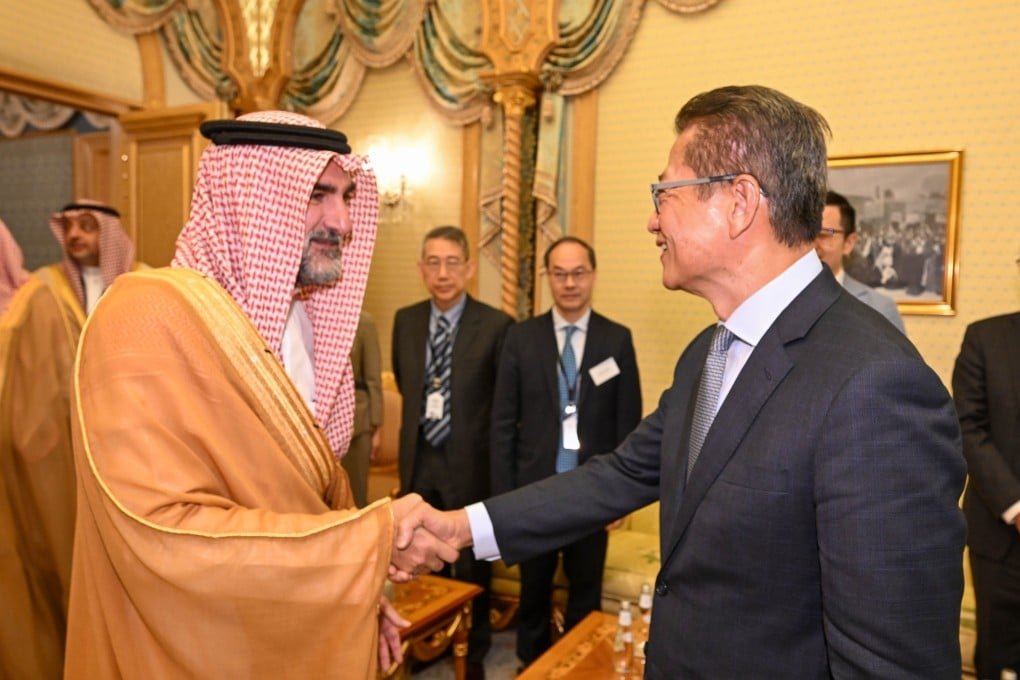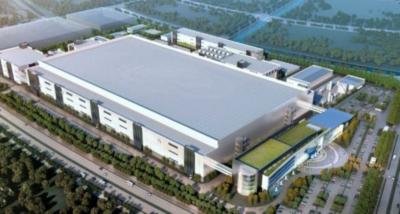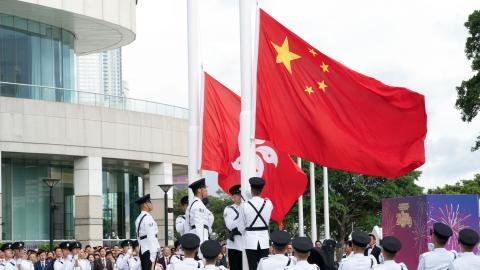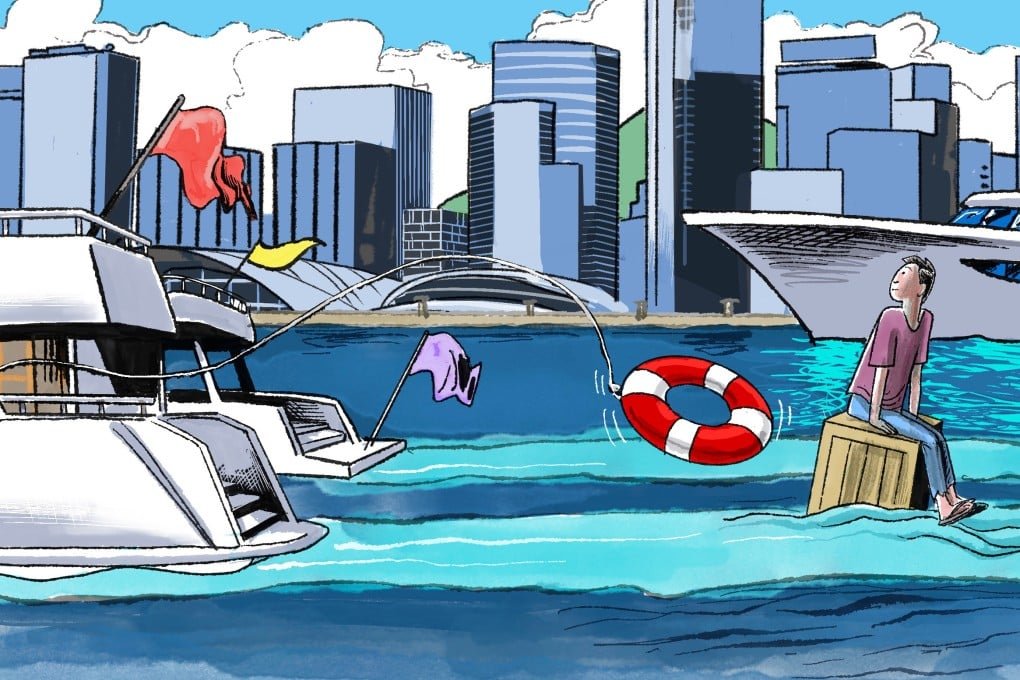
With over 12,000 registered yachts and only approximately 4,300 berths currently available, authorities are preparing to add around 1,100 additional berths at key locations including the proposed Airport Bay Marina (part of the “SKYTOPIA” development), the Hung Hom harbourfront, the former Lamma Quarry site and an expanded Aberdeen Typhoon Shelter.
The development at Airport Bay Marina is a flagship element of the “SKYTOPIA” master plan led by Airport Authority Hong Kong (AAHK), located adjacent to the Hong Kong International Airport.
The project is set to include Hong Kong’s largest marina with more than 500 berths, a market geared toward affluent visitors, a marine resort and luxury hotel, art-storage facilities and a promenade.
The first phase is expected by 2028. Other new berth locations at Hung Hom and Lamma are also under review or in discussion with industry stakeholders.
Industry and government officials anticipate that the yacht sector could generate roughly HK$4.5 billion (US$579 million) annually if fully developed, while recognizing that as a proportion of Hong Kong’s broader economy—exceeding US$407 billion—the direct fiscal impact is modest.
The true strategic benefit is expected from attracting high-net-worth individuals, capital investment and ancillary services linked to super-yacht tourism.
Alongside these developments, the city faces critical socio-economic challenges.
A significant share of residents continue to live under constraints of limited upward mobility, high housing costs and inequality of opportunity—factors that local critics argue must be balanced even as marquee waterfront projects proceed.
The tension between elite-oriented infrastructure and broader social welfare is shaping public discourse as the government positions Hong Kong as Asia’s luxury-marina destination.
The government has acknowledged industry calls for simpler regulations, streamlined customs and berthing procedures for super-yachts, and greater investment in workforce training and maritime services.
The Development Bureau and Marine Department have held consultations with the boating industry on policy adaptations and new marina locations.
If these marina initiatives are delivered effectively, Hong Kong could strengthen its role as a gateway for global capital and luxury tourism within the Greater Bay Area.
The challenge remains to ensure that the economic lift from the super-yacht sector is complemented by inclusive growth that addresses the city’s enduring social and economic disparities.



